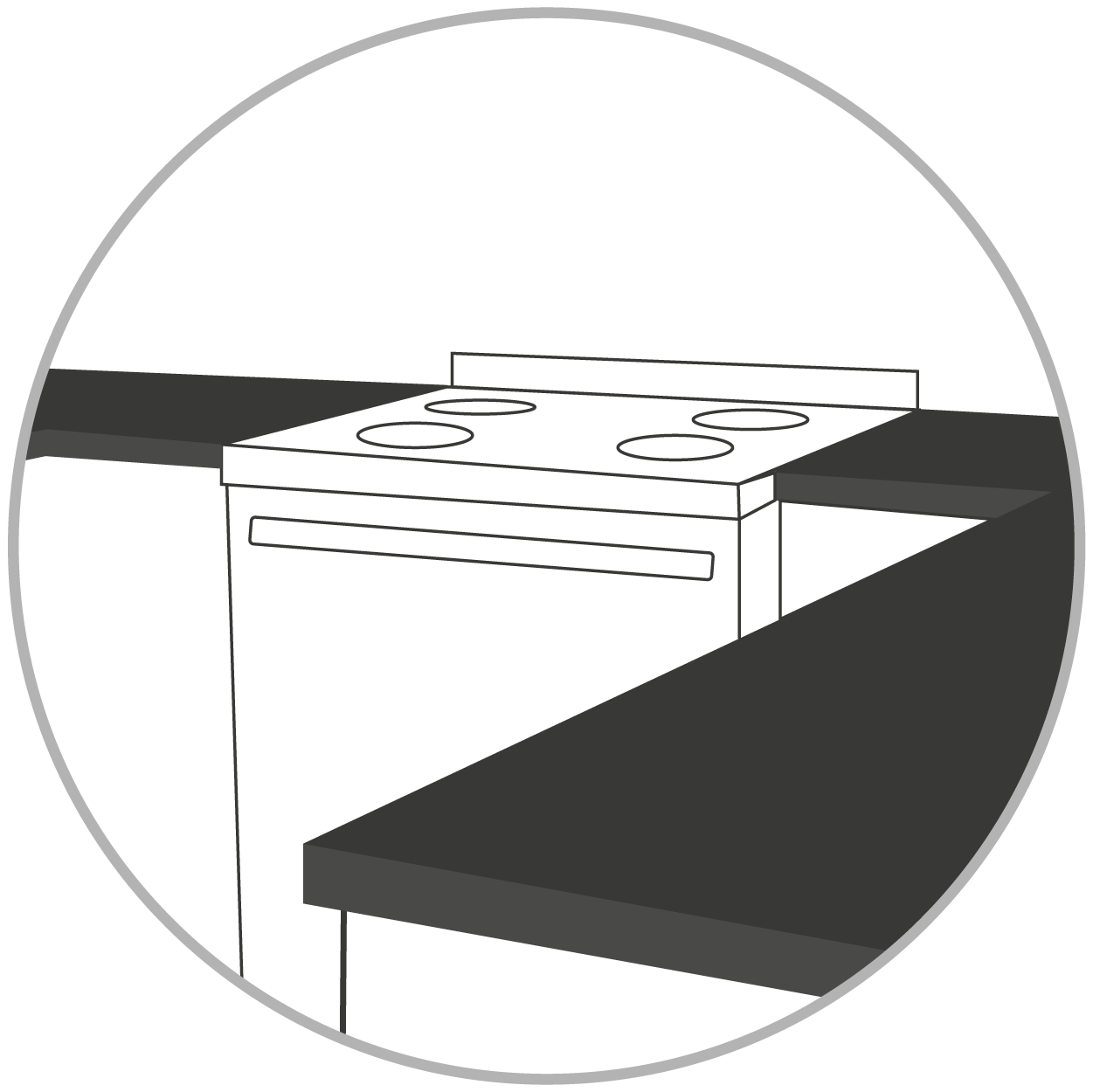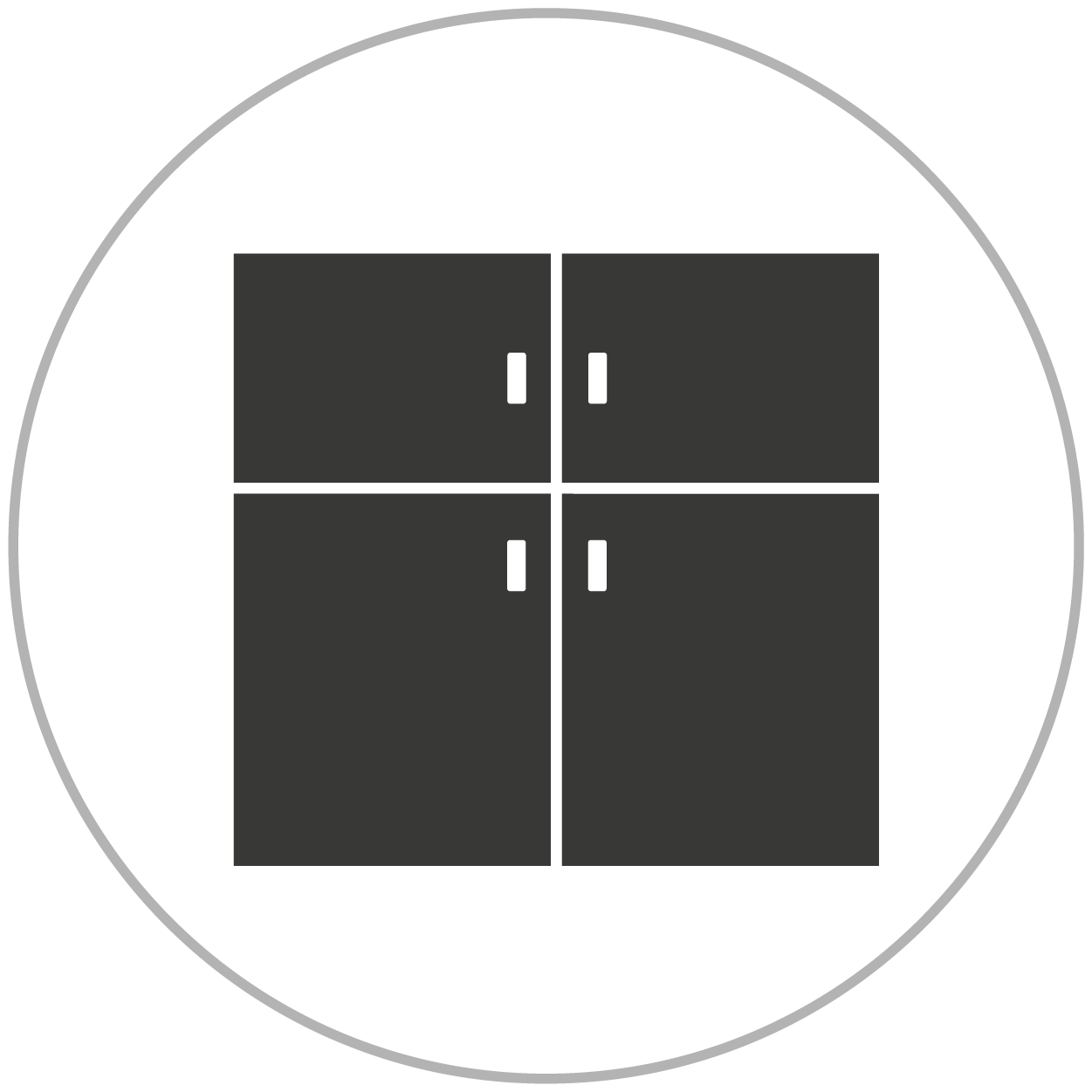Washington DC Baseline Specification Review
Baseline Specification Review Home
- 7 Urban-Large City
- 2 Urban-Small City
- 1 Not provided
- 1 Non-profit
- 3 For profit
- 6 Not provided
- 3 New Construction
- 7 Rehab
Flooring

- 90% of projects specified vinyl flooring somewhere in the building.
- One project (10%) excluded resilient vinyl flooring in their specifications, instead specifying carpet and ceramic tile.
- About 80% of projects specified carpeting. All of these required Green Label Plus certification. (This industry-backed certification only covers some VOC emissions; some hazardous VOC and all non-VOC chemicals are excluded.)
- Almost half of projects specifying carpet included a recycled content requirement (either pre- or post-consumer).
- Most carpet specifications called for a stain or soil resistant treatment.
- Other types of flooring specified (most likely in a common area) include: solid wood, laminate, biobased resilient flooring, and PVC-free resilient flooring.
- About three quarters of projects specified flooring adhesive VOC limits consistent with the SCAQMD 1168 requirements.
- When specified, carpet pads were either rebond, prime polyurethane, or rubber.
Paint

- Over half of projects set VOC limits of <50 g/L flat and <150 g/L non-flat bases.
- About a third of projects had more strict VOC requirements for paints at <50 g/L for bases of all sheens, and a third required <10 g/L for at least some sheens.
- None of the projects included VOC requirements for tints.
- 20% of the projects specified paint to meet the chemical restriction requirements of the Green Seal-11 (GS-11) standard.
Drywall

- About a quarter of projects specified recycled content requirements that make it likely synthetic gypsum would be required to meet the specification.
- No projects specified natural gypsum as a requirement.
Insulation

- Most projects specified use of fiberglass batt insulation.
- About 50% of projects specified formaldehyde-free fiberglass batts. As of October 2015, all residential fiberglass batt insulation made in the U.S. is formaldehyde-free.
Countertops

- All projects specified laminate countertops somewhere.
- About half of projects specified cultured marble in the bathroom.
- About half of projects specified quartz or solid surface as either an alternate or in a common area.
- 60% of projects specified substrates with NAUF (No Added Urea Formaldehyde).
Cabinetry & Millwork

- About 80% of projects specified NAUF (No Added Urea Formaldehyde) composite wood products.
- Most of the projects specified a particular manufacturer and product or product line.
- Nearly all projects specified cabinets with a factory finish.
- One project (10%) specified a laminate (HPL or melamine) finish for exterior faces, with an additional 60% specifying laminate only for interior surfaces.
- 80% of projects specified wood trim/base in some locations.
- Half of projects specified rubber wall base in some locations. 30% specified vinyl wall base.
- 20% of projects specified MDF for trim in some locations or as an alternative to wood. All of these required the MDF to be NAUF (No Added Urea Formaldehyde).
Doors

- Two-thirds of projects specified doors with a composite core, and about half specified hollow core doors with a composite face.
- About 65% of projects that included wood doors with composite core or facing specified NAUF (No Added Urea Formaldehyde).
- Only 1 project specified a particular product or series; the others provided general information about which materials should be used and often included approved manufacturers.
- Almost half of projects specified at least some factory finished wood doors.